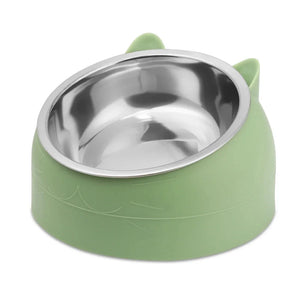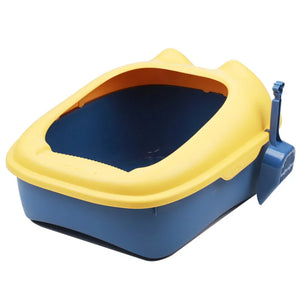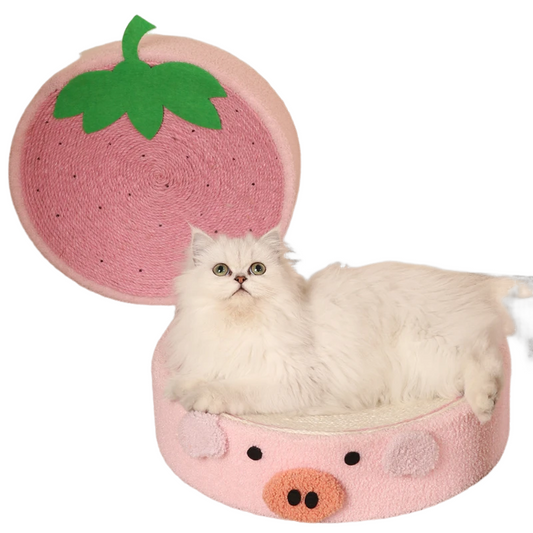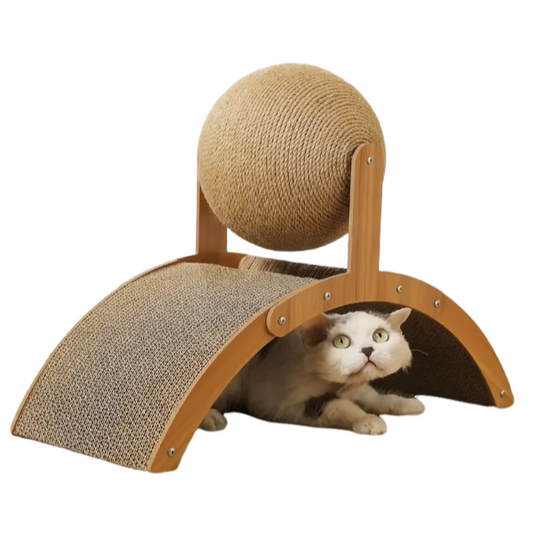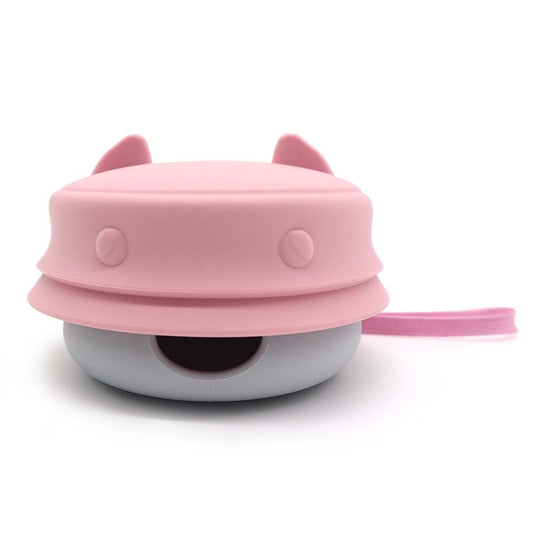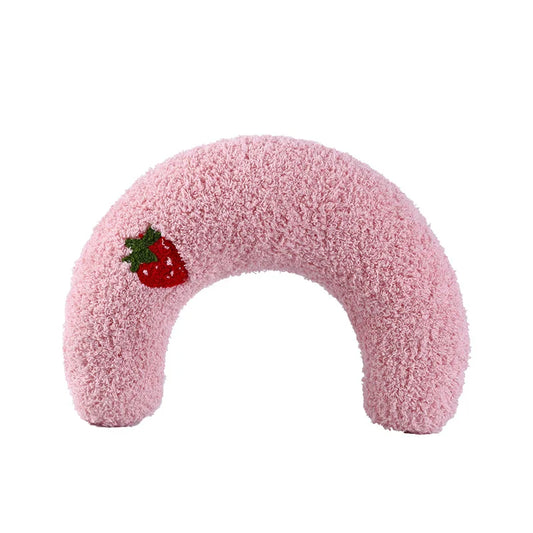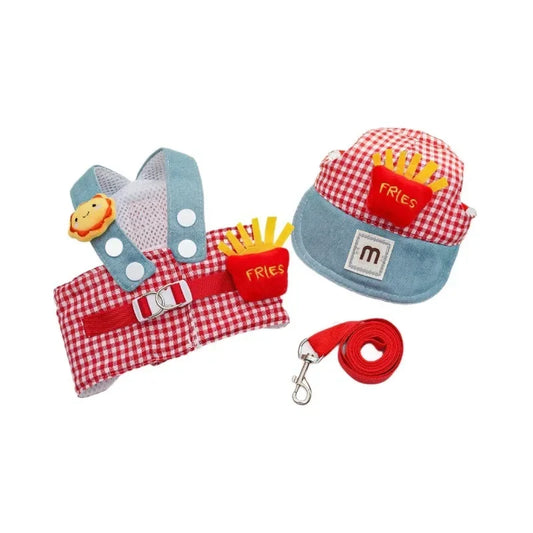Introduction
Feline Lower Urinary Tract Disease (FLUTD) is not a single illness, but a group of conditions that affect a cat’s bladder and urethra. It includes several disorders such as Feline Idiopathic Cystitis (FIC), urinary tract infections (UTIs), and urinary stones (urolithiasis). While the root causes may vary, the symptoms often overlap, making it essential for cat owners to understand and recognize the early signs to ensure timely veterinary intervention.
1. Understanding FLUTD in Cats
1.1 What Is FLUTD?
FLUTD can impact cats of all ages, but it’s particularly common in middle-aged, overweight indoor cats. Male cats are more at risk because of their narrower urethra, which is more easily blocked. Understanding how this disease works helps pet owners take preventive actions and avoid life-threatening situations like urethral obstruction.
1.2: Prevalence and Risk Factors
-
Male cats (especially neutered)
-
Obesity and lack of physical activity
-
Stressful environment or routine changes
-
Low water intake and exclusive dry food diets
Data Point: Studies suggest that up to 10% of all cats seen by veterinarians have symptoms of FLUTD. Among indoor, overweight, middle-aged cats, prevalence can go as high as 13.2%.
— Source: Lekcharoensuk et al., JAVMA 2001
2. Recognizing Early Symptoms of FLUTD
Cats are experts at hiding pain, so small changes in behavior can be important clues. Being observant about your cat’s litter box habits is crucial.
Common Symptoms Include:
-
Frequent but unproductive urination: Visiting the litter box repeatedly with little or no urine output
-
Straining or crying during urination: A sign of pain or discomfort
-
Urinating outside the litter box: Often mistaken as behavioral issues
-
Blood in urine (hematuria): May appear as red spots in litter
-
Excessive licking of the genital area
-
Smaller or unusually shaped urine clumps
💡 Normal urine output for cats is about 26–44 mL/kg/day. A 5 kg cat typically produces 25–50 mL daily. Dry-food-fed cats may urinate even less.
The toilet postures of healthy and sick cats are as follows:


3. Diagnosing FLUTD: When to See a Veterinarian
If you suspect your cat may have FLUTD, it’s crucial to seek veterinary care as soon as possible. A thorough examination, including urinalysis, blood tests, and possibly imaging studies such as X-rays or ultrasounds, will help your veterinarian determine the specific cause of your cat’s symptoms. Early diagnosis and treatment are essential to prevent complications such as urinary blockages, which can be life-threatening.
At-Home Check:
To perform a basic at-home check, gently place your hand between your cat’s hind legs and feel inward. If you notice a hard, ball-like structure, this could indicate the presence of urinary stones or a blockage, necessitating immediate veterinary attention. You can check your little friends as follow:

4. Why Are Cats Susceptible to FLUTD?
Cats have evolved from desert-dwelling ancestors, and their bodies are designed to conserve water. This often results in highly concentrated urine, which is more likely to form crystals or stones.
Two Major Triggers:
-
Dehydration: Concentrated urine promotes crystal formation
-
Stress: Cats under stress may develop bladder inflammation (cystitis), often without infection
Some cats also lack a protective GAG layer in the bladder lining, making them more vulnerable to inflammation and irritation.
Data: Urethral plugs account for around 10% of FLUTD cases in male cats.
— Source: VCA Hospitals: Understanding FLUTD
5. Preventing FLUTD: Proactive Measures for Cat Owners
The good news is that FLUTD is manageable—and often preventable—with the right daily practices.
Hydration Is Key
-
Wet Food > Dry Food: Wet food can double your cat’s water intake
-
Multiple water stations: Place water bowls in various rooms
-
Cat water fountains: Flowing water encourages drinking
-
Flavor the water: Add a little tuna juice or chicken broth (low sodium, no garlic/onion)
Diet Matters
-
Prescription urinary diets: Formulated to dissolve crystals and prevent recurrence
-
Low magnesium and phosphorus: These minerals can promote stone formation
-
Balanced protein levels: Excess protein may increase mineral excretion
💡 Always consult your vet before changing your cat’s diet.
Stress Management
-
Establish consistent routines: Cats are creatures of habit
-
Provide safe hideouts: Give them a quiet place to retreat
-
Interactive play: Toys like feather wands or puzzle feeders reduce anxiety and boredom
💡 Interactive toys keep your cat mentally and physically engaged—important for both stress and weight control.
Vet Tip: Behavioral and environmental enrichment (e.g., puzzle feeders, vertical space, routine) can reduce recurrence of idiopathic cystitis by up to 70%.
— Source: Buffington et al., Ohio State University Indoor Pet Initiative
6. Long-Term Management of FLUTD
Even after treatment, FLUTD can recur. That’s why ongoing management is crucial.
What to Do at Home:
-
Observe litter box habits daily
-
Ensure access to clean water and safe spaces
-
Stick to recommended food and feeding schedules
-
Keep the litter box clean and easy to access
Routine Veterinary Care:
7. FAQs About FLUTD in Cats
Q: Can stress alone cause FLUTD?
A: Yes. In some cats, emotional stress can lead to inflammation without infection. Unlike other animals, cats under stress may not produce anti-inflammatory steroids naturally.
Q: Do I have to switch to wet food completely?
A: Not necessarily. A mixed wet-dry diet works for many cats, as long as hydration is maintained.
Q: How can I tell if my cat is at risk?
A: Cats with low water intake, high-stress environments, or who eat only dry food are at higher risk. Observing urination habits helps detect early signs.
8. Final Thoughts: A Proactive Approach Saves Lives
FLUTD is serious, but it’s not a life sentence. With awareness, smart nutrition, and a stress-free home, you can greatly reduce your cat’s risk and ensure they live a long, comfortable life.
Recommended Products for FLUTD Prevention
-
Cat Water Fountain – Encourages frequent drinking
-
Interactive Cat Toys – Reduces stress through play
-
Quality Litter Boxes – Easy-to-clean, spacious boxes support healthy urination habits
Reference
-
Buffington, C. A. T. (2004). Idiopathic cystitis in domestic cats—Beyond the lower urinary tract. Veterinary Clinics: Small Animal Practice, 34(4), 971–982.
-
Lekcharoensuk, C., Osborne, C. A., & Lulich, J. P. (2001). Epidemiologic study of risk factors for lower urinary tract diseases in cats. Journal of the American Veterinary Medical Association, 218(9), 1429–1435.
-
Markwell, P. J., et al. (1999). Clinical evaluation of a commercial diet in the management of feline lower urinary tract disease. Journal of Small Animal Practice, 40(12), 541–548.
-
Cornell Feline Health Center. (n.d.). Feline Lower Urinary Tract Disease (FLUTD). Retrieved from https://www.vet.cornell.edu
-
VCA Animal Hospitals. (n.d.). Feline Lower Urinary Tract Disease (FLUTD). Retrieved from https://vcahospitals.com








